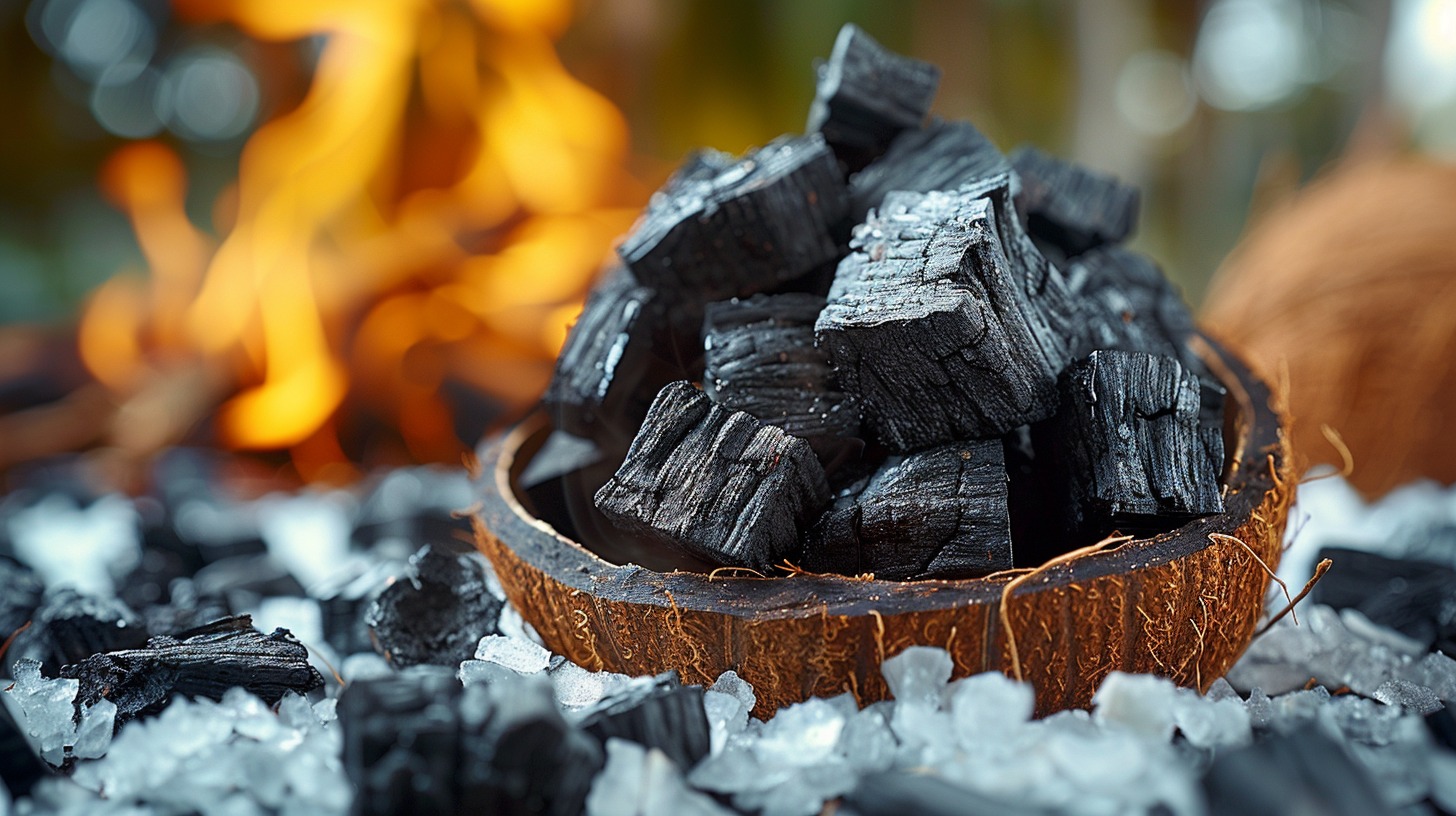Where and how to open a factory
It costs from a hundred thousand dollars to one or two million dollars to open a factory. That is why most manufacturers work on outsourcing – they come to the factory, talk about their standards, and receive a batch of goods. Or they bring their crew to the rented machines. Such methods of production are most profitable at the beginning of work. Moreover, the second option is preferable since the coconut charcoal manufactory will be confident in the grade of raw fabrics and compliance with technology.
When using other people’s production facilities, the owners can interrupt cooperation at any time if they find a tenant with larger volumes or on better terms. Therefore, it is necessary to create your production in the future. In case of closure of the coal manufacturing business, the capacities can be leased out.
Of all the equipment, only an industrial vacuum cleaner for cleaning raw materials can be rented. To save money on the purchase of the rest of the production line capacity, you can buy used equipment or collect contacts of factories and agree on the lease of the complex. The total cost of new equipment for the line is $6500.
It is not necessary to produce packaging; manufacturers of charcoal for hookahs order boxes with their own design. It is enough only to take filling and packing equipment (which can be replaced by manual labor) – from $250.
Comparison of different types of raw materials for the production of charcoal
Raw materials for coal production can be the shell of wild or farmed coconut, walnut, hazelnut, fruit trees (apple, olive, cherry, lemon, orange…), grapevine, bamboo, and oak. When choosing the type of raw materials, producers rarely have problems – they choose what is closer to being delivered and is cheaper to get the maximum benefit. Problems appear when finding suppliers of quality material, as they are mostly managers. One batch may be quality, and another may not. You have to check each batch carefully.
There are more than 40 species of walnuts. Therefore, there may be tasty nuts in one species, but the shell will not be suitable for making quality charcoal. Manufacturers solve the problem of low-quality raw materials in two ways: either by creating a unique pyrolysis reactor that breaks down the original material into pure carbon or by testing all types of nutshells to find the most optimal one.

Coconut charcoal briquette Indonesia is chosen for giving more heat and less ash compared to other feedstocks. The best coconut for the production of hookah coals is wild coconut. Small villages supply it, so it is difficult to stabilize its supply to be economically viable. Therefore, manufacturers add to the shell of ordinary coconut from 30% of wild coconut to increase the quality of the final product.
Cubes made from coconut shells with the addition of wild forest coconut shells (from 30%) are denser and of higher quality, leaving less ash and smoldering longer.
The results of the study showed that the content of harmful gases during coal combustion is 20% lower for walnut shell coal, and the ignition rate is 25.6% lower. At the same time, the burning duration and the amount of heat released are the same.
When choosing wood for the production of coal, in no case should we choose evergreen trees, as they contain a large amount of resinous substances that have a bad effect on humans when inhaling the products of their combustion.
An important characteristic of coal is the absence of extraneous odors during ignition. This is because there is no ventilation in some hookah houses, and the product goes to the end consumer. People want to relax, not smell the odor of the fire.


